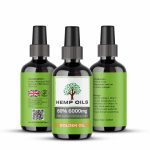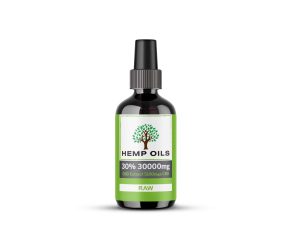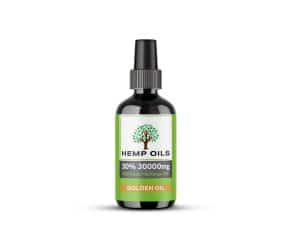Introduction to CBD Extraction from Hemp Oil ===
CBD, or cannabidiol, has gained significant popularity in recent years for its potential health benefits. Derived from the hemp plant, CBD oil has become a sought-after natural remedy for various ailments. However, before CBD can be utilized, it must go through an extraction process to separate it from the rest of the hemp oil. This article will provide a comprehensive guide on how to extract CBD from hemp oil, exploring different methods and highlighting their importance.
=== Different Methods of Extracting CBD from Hemp Oil ===
There are several methods available for extracting CBD from hemp oil, each with its own advantages and disadvantages. One common method is the CO2 extraction process, which involves using carbon dioxide under high pressure and low temperatures to extract CBD. This method is regarded as one of the safest, as it allows for precise control over temperature and pressure, resulting in a high-quality product. Another method is ethanol extraction, where ethanol is used as a solvent to extract CBD. This method is cost-effective and efficient, but it can also extract unwanted compounds from the plant. Other methods include olive oil extraction, dry ice extraction, and solvent extraction.
=== Understanding the Importance of CBD Extraction Techniques ===
The extraction technique used plays a crucial role in the final quality and purity of the CBD extract. Proper extraction techniques not only ensure the removal of unwanted compounds but also preserve the beneficial cannabinoids and terpenes present in the hemp plant. By using the right method, the final CBD extract will be free from harmful contaminants and retain its potency. Additionally, the chosen extraction technique can impact the overall yield and efficiency of the process. Therefore, it is essential to select the most suitable extraction method based on the desired outcome and available resources.
=== Step-by-Step Guide: Extracting CBD from Hemp Oil ===
- Preparation: Begin by gathering the necessary equipment, including a solvent of choice (such as CO2 or ethanol), hemp plant material, and extraction equipment (such as closed-loop extraction systems or distillation equipment).
- Decarboxylation: To activate the CBD and maximize its potency, heat the hemp plant material at a specific temperature for a specific duration.
- Extraction: Depending on the chosen method, extract the CBD from the decarboxylated plant material using the selected solvent. Ensure the extraction process is conducted in a well-ventilated area and follow safety precautions.
- Filtration: Filter the extracted solution to remove any plant material or impurities. This can be done using a filtration system or by using a cheesecloth or coffee filter.
- Purification: Purify the extracted CBD by removing any remaining solvent or impurities. This can be achieved through processes such as winterization or distillation.
- Testing and Storage: Finally, test the CBD extract for purity and potency. Store the extract in a suitable container and label it properly for future use.
===
CBD extraction from hemp oil is a meticulous process that requires attention to detail and adherence to safety protocols. By understanding the different extraction methods available and their importance, individuals can extract CBD from hemp oil effectively and obtain a high-quality product. It is crucial to consider factors such as purity, potency, and yield when choosing an extraction method. With the right techniques and equipment, CBD extraction can be conducted successfully, providing a valuable natural remedy for various health conditions.




